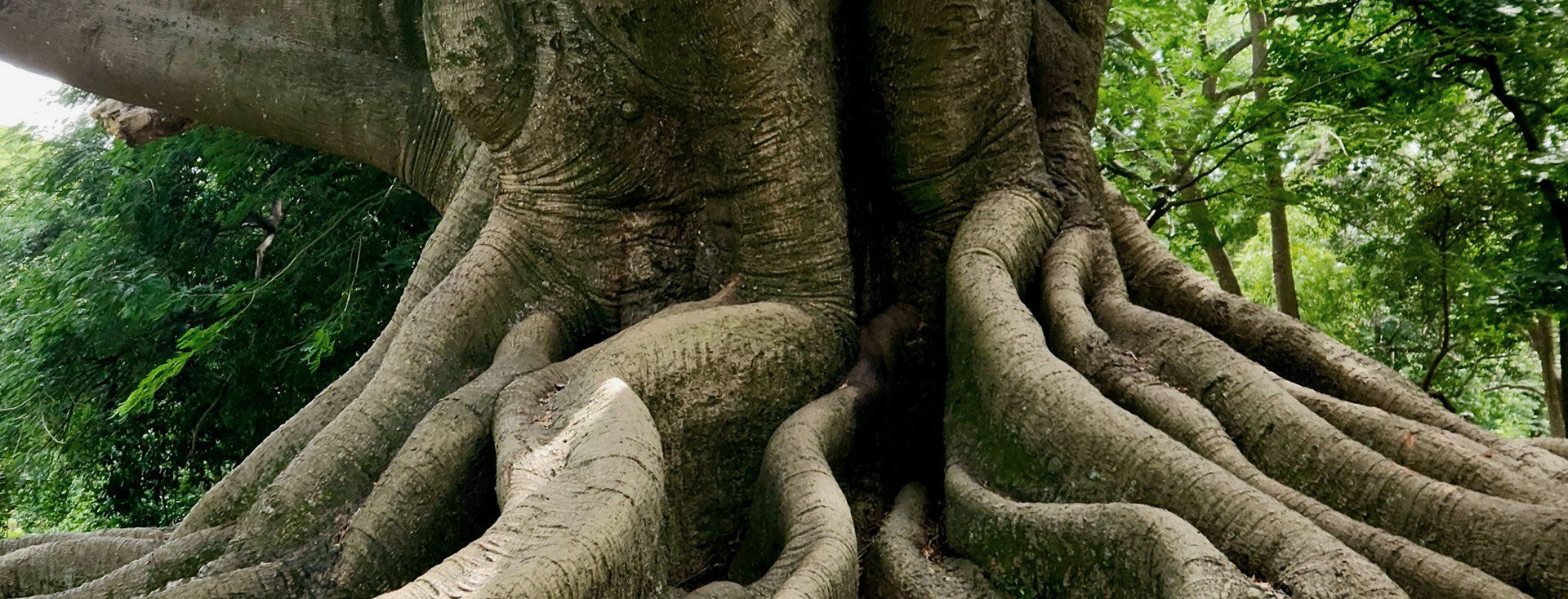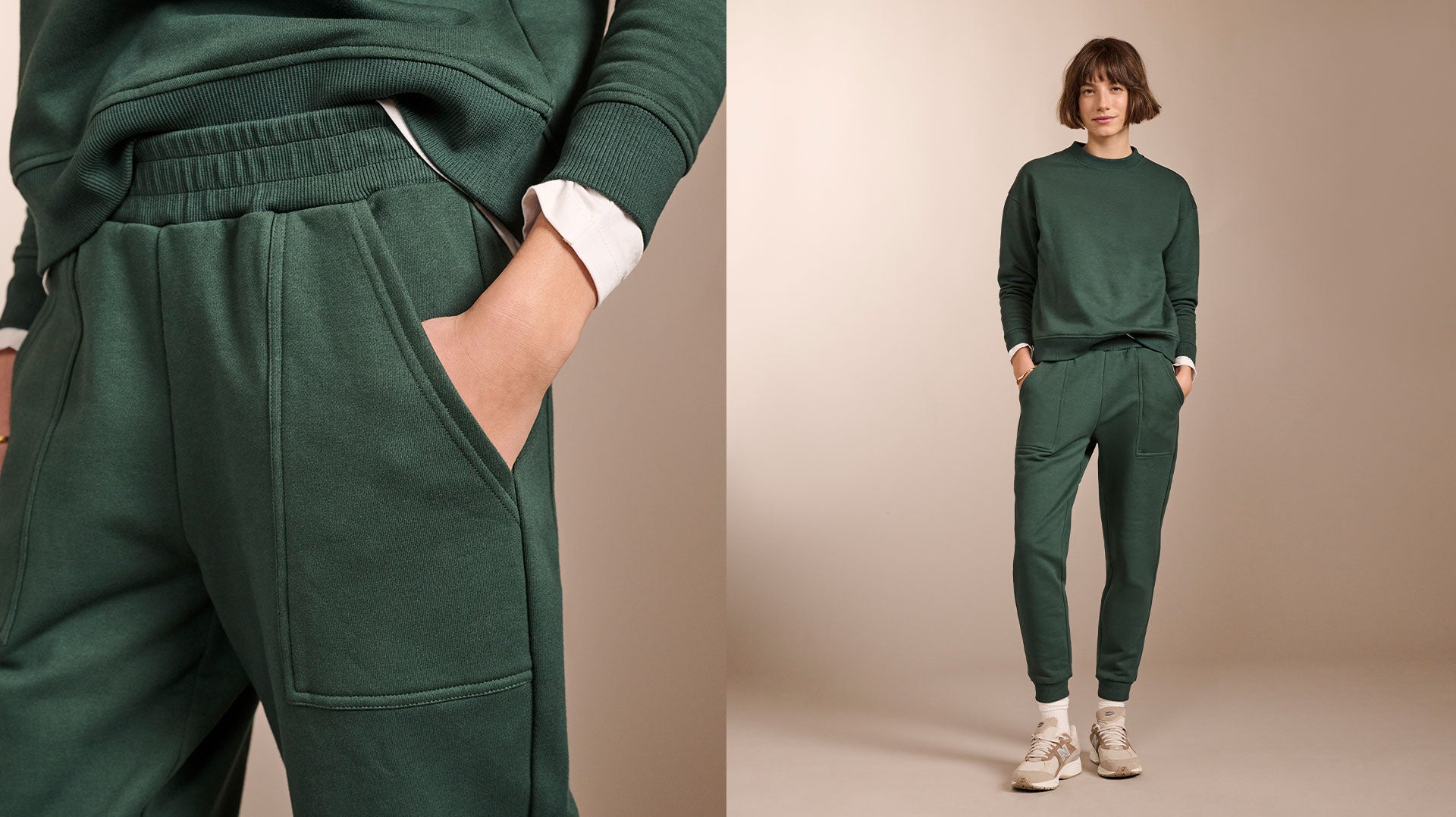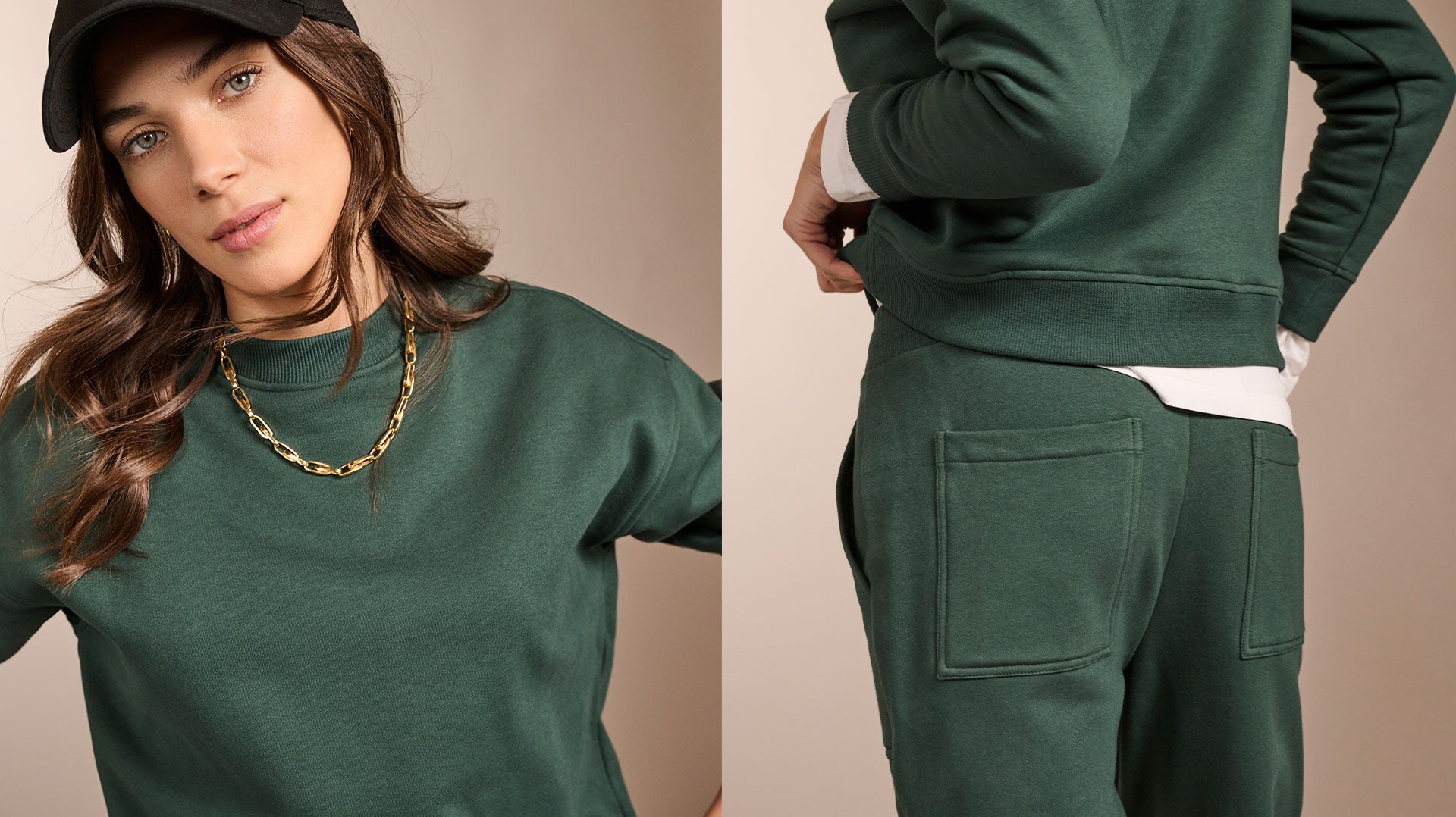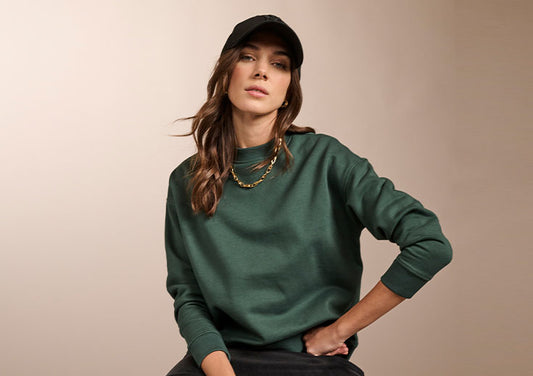Kapok

What is Kapok?
Kapok is a fibre that grows on the ceiba pentandra tree, also known as the kapok tree, that can grow up to 200 feet tall without human intervention, making it a crop that is simple to cultivate. The pods that contain the fibres can be harvested easily without harming the tree and will continue to grow over and over again.
Kapok fibres can be compared to both silk and cotton but are lighter as well as being very strong and moisture-resistant. The fibres can be a bit brittle, so are often blended with other fibres such as cotton when spun into yarns but can be used on their own as a stuffing or an insulating material.

Is kapok good for the environment?
The kapok tree will grow with just natural rainwater without any pesticide or fertiliser input, giving the raw material an almost zero water and chemical footprint. After the fibre is processed, it requires very little processing which also keeps the carbon footprint of its manufacturing low.
The fibres can be harvested without cutting down the trees, so this doesn’t contribute to deforestation and is a relatively simple crop for farmers to grow. Additionally, the kapok tree is a low waste plant as the other parts of the crop can be used for other products. The wood is lightweight and can be used for carving and the oils in the seeds can be used to make products such as soaps.

What does kapok feel like?
As a natural fibre, kapok is very soft and fluffy which makes it a great alternative for stuffing in pillows and puffer jackets. Despite being very soft and lightweight, it needs to be blended with other fibres when being spun into yarn because the fibres can be brittle and break easily.
You likely won’t notice that fabric with kapok in it feels different to a usual cotton fabric, but adding in kapok helps to increase the softness of the fabric without making it bulky.

Why are we using kapok?
While we use Organic cotton in place of conventional cotton, which has a significantly lower chemical footprint while also using less water and contributing less to greenhouse gas emissions, it is still a very thirsty crop. By using alternative natural fibres such as kapok alongside our Organic cotton, we can explore ways to reduce the water footprint of our styles without compromising on quality.
Kapok is the first alternative natural fibre that we have introduced into our collection but we hope to explore others and agricultural residues in the future. We are always looking for lower impact materials that offer the great quality we are so proud of.



